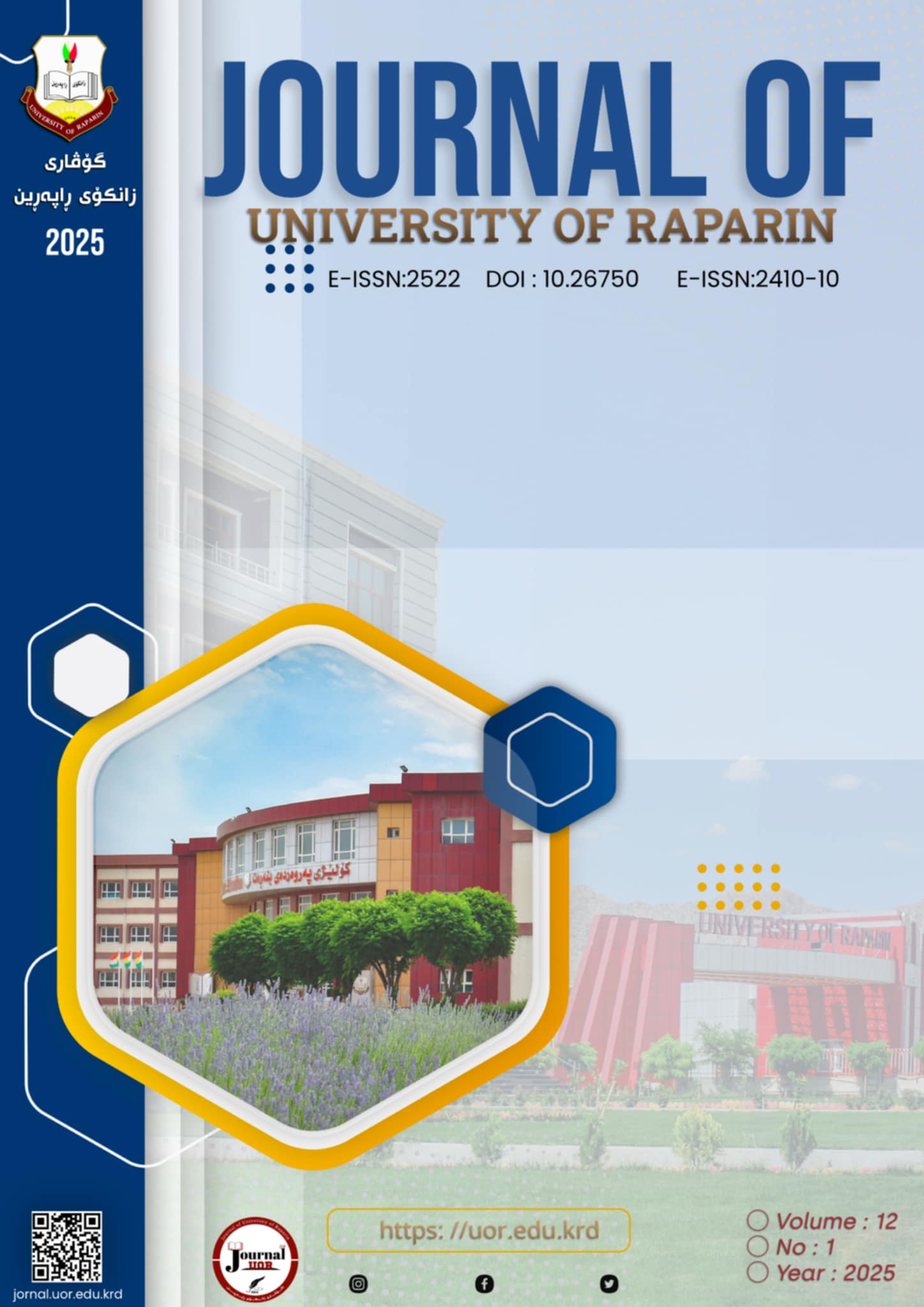Abstract
This paper aims to provide a cognitive semantic account of the conceptual metaphors and metonymies in the USA electoral campaign of 2020. Conceptual metaphor theory and conceptual metonymy are applied as the framework for the study. It focuses on how conceptual structures contribute to different meaning constructions in each datum. Specifically, the paper looks at two American political speeches delivered by Joe Biden and Donald Trump as heads of the list of their parties. Based on its quantitative, qualitative and comparative analysis within a cognitive semantic framework, this study argues that conceptual metaphor and metonymy help effectively to convey different viewpoints of both politicians in presidential election campaign. Finally, this study has concluded that conceptual metonymy is the most common tool in the English corpus data. Both conceptual metaphor and metonymy have great role in meaning construction through mapping between source and target domains.
References
Barcelona, A. (2004) “Types of arguments for the metonymic motivation of conceptual metaphor.” Unpublished manuscript, Department of English, University of Murcia, Spain.
Beard, A. (2000) “The language of Politics” Routledge
Burkholder, T. R. & Henry, D. (2009) “Criticism of. Metaphor.” In J.A. Kuypers (Ed.). Rhetorical Criticism: Perspectives in Action.
Charteris-Black, J. (2011) “Politicians and Rhetoric: The Persuasive Power of Metaphor.” 2nd Edition, Palgrave Macmillan, London. https://doi.org/10.1057/9780230319899
Cienki, A. (2007) “Frames, idealized cognitive models, domains.” In Greeraerts and Cuyckens (eds.) The Oxford Handbook of Cognitive Linguistics.
Croft, W. (1993) “The role of domains in the interpretation of metaphors and metonymies.” Cognitive Linguistics 4: 335-370.
Fillmore, C. (1982) “Frame semantics. In linguistics in the morning calm,” ed. By the linguistic society of Korea, 111-137. Soeul: hanshin.
Goatly, A. (1997) “The Language of Metaphors.” London and New York: Routledge.
Geeraerts, D. and Cuyckens.(2007) The Oxford Handbook of Cognitive Linguistics, Oxford University Press, Oxford.
Geeraerts, D.and H. Cuyckens (2010), The Oxford Handbook of Cognitive Linguistics, Oxford University Press, Oxford.
Hamawand, Z. (2016) “Semantics. A cognitive account of linguistic meaning”, published by equinox publishing ltd.
Indurkhya, B. (1992) “Metaphor and Cognition.” Dordrecht: Kluwer.
Kövecses, Z. (2002) “METAPHOR: A Practical Introduction.” Published by Oxford University Press, Inc. 198 Madison Avenue, New York, New York 10016
Kövecses, Z. and Radden, G. (1998) “Metonymy: Developing a cognitive linguistic view.” In “Cognitive Linguistics” 9-1. PP 37-77. Walter de Gruyter.
Kövecses, Z. and Radden. G. (2007) “Towards a theory of metonymy, In The Cognitive Linguistics Reader”. Edited by Vyvyan Evans, Benjamin Bergen and Jörg Zinken. London: Equinox. pp. 335-359.
Kristiansen, G. and Driven, R. (2008) “Cognitive Sociolinguistics: Language Variation, Cultural models, social Systems.”
Lakoff, g., & Johnson, m. (1980a) “Metaphors we live by.” Chicago: University of Chicago press.
Lakoff, G., & Johnson, M. (1980b) “The metaphorical structure of the human conceptual system.” Cognitive science, 4(2), 195-208. tps://www.press.uchicago.edu/ucp/books/book/chicago/B/bo3613865.html
Lakoff, G. (1987) “Women, Fire and Dangerous Things: What Categories Reveal about the Mind.” Chicago: The University of Chicago Press.
Lakoff, G. (1993) “The Contemporary Theory of Metaphor.” In A. Ortony (Ed) Metaphor and Thought. Cambridge: Cambridge University.
Lakoff, G., and M. Turner. (1989) “More Than Cool Reason.” Chicago: University of Chicago Press. Langacker, R. 1978. The Form and Meaning of The English Auxiliary. Language 54: 85 342. 1987. Foundations of Cognitive Grammar. Vol. I. Stanford, Calif.: Stanford University Press.
Lan, L. & McGregor. (2009) “Color Metaphor in Business Discourse.” Language for Professional Communication: Research, Practice and Training. pp, 11-24. Hong Kong Polytechnic University.
Langacker, R. W. (1987) “Foundations of cognitive grammar: Theoretical prerequisites” (Volume I). Stanford: Stanford University Press.
Langacker, R. W. (1991) “Foundations of Cognitive Grammar,” Vol. 2: Descriptive Application. Stanford: Stanford University Press.
Lenard, D. (2017) “The Analysis of Metaphors and Metonymies in Political Speeches – A Case Study of the Former Croatian Prime Minister Ivo Sanader.” ELR Journal, 2017, pp. 61-81
Mio, J. (1996) “Metaphor, Politics and Persuasion.” Mio, J. (ed.), Katz,
A. (ed.) Metaphor: Implications and Applications, Mahwah: Lawrence Erlbaum
Associates, 127–147.
Nunberg, G. (1978) “The Pragmatic of Reference.” Bloomington: India University Linguistic Club
Nunberg, G. (1979) “The non – uniqueness of Semantic Solutions: Polysemy.” Linguistics and Philosophy
Oakley, T. (2010) “Image schema.” In D. Geeraerts and H. Cuyckens, editors, The Oxford
Handbook of Cognitive Linguistics, pages 214–235. Oxford University Press, Oxford, 2010.
O'Day, J. (2003) “POLITICAL CAMPAIGN PLANNING MANUAL. A STEP BY STEP GUIDE TO WINNING ELECTIONS. National Democratic Institute for International Affairs.
Palmer, G. B. (1996) Toward a Theory of Cultural Linguistics. Austin: University of Texas Press.
Radden, G., Z Kövecses. Z. (1999) “Metonymy in language and thought” Eötvös Loránd University, Budapest
Radden, G. and Kövecses, Z (2007) “TOWARDS A THEORY OF METONYMY”. The Cognitive Linguistics Reader. 2007. Edited by Vyvyan Evans, Benjamin Bergen and Jörg Zinken. London: Equinox. pp. 335-359.
Reddy, M. (1979) “The conduit metaphor.” In A. ortoni, ed. Metaphor and thought. Cambridge: Cambridge University Press.
https://www.google.com/search?q=Rev.com+citation&rlz=1C1GCEA_enIQ1022IQ1022&source=lnms&tbm=isch&sa=X&ved=2ahUKEwiAzduOgff- AhWbX_EDHU39C9wQ_AUoAnoECAEQBA&biw=1229&bih=550&dpr=1.56
Sweetser, E. (1990) “From Etymology to Pragmatics: The Mind-as-Body Metaphor in Semantic Structure and Semantic Change.” Cambridge: Cambridge University Press.
Turner, M. (1986) “Death Is the Mother of Beauty. Chicago: Chcago University Press.
Turnr. M. (1991) “Reading Minds. Princeton, N.J.”: Princeton University Press.
Verhangen, A. (2006) “Constructions of intersubjectivity.” Discourse, Syntax, and Cogniton. Pragmatics and Cognition. Published by John Benjamins Publishing. Online ISSN: 1569-9943. Print ISSN: 0929-0907
Zlatev, J. (2008). The co-evolution of intersubjectivity and bodily mimesis. In J. Zlatev, T. Racine, C. Sinha & E. Itkonen (eds.), The Shared Mind: Perspectives on Intersubjectivity. John Benjamins. pp. 215—244

This work is licensed under a Creative Commons Attribution-NonCommercial-NoDerivatives 4.0 International License.
Copyright (c) 2025 Journal of University of Raparin

